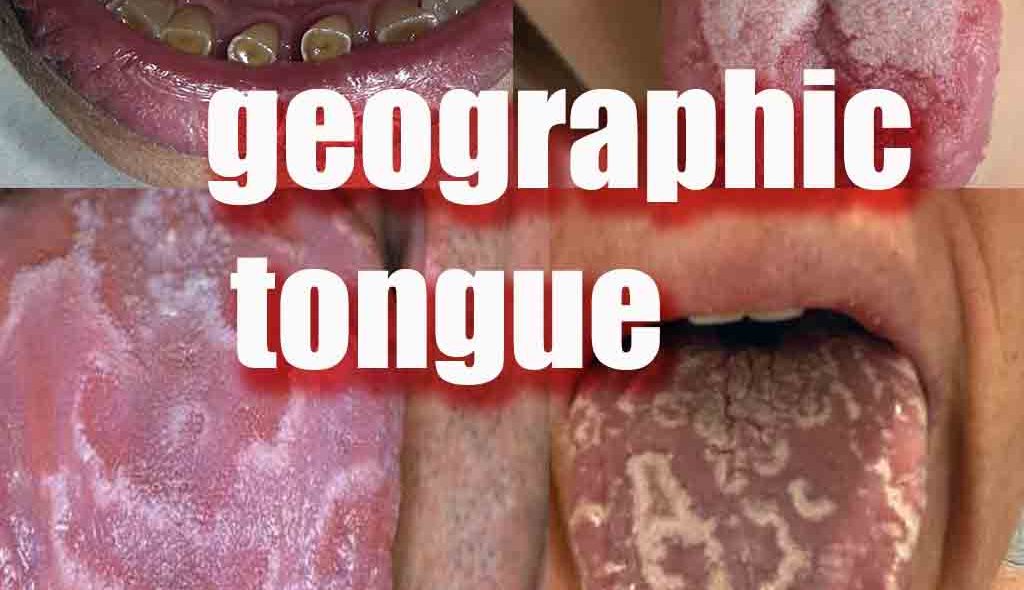geographic tongue Signs and best Treatments 2022
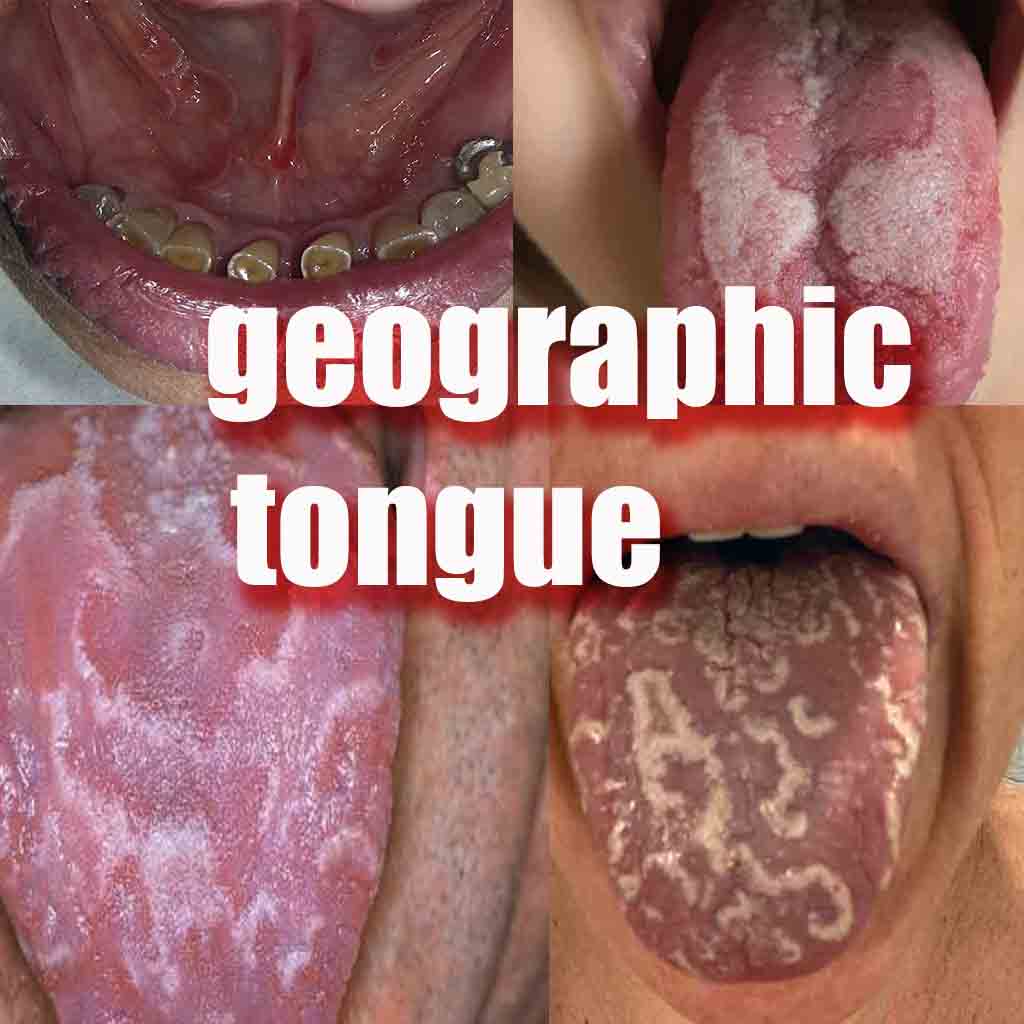
geographic tongue Signs and best Treatments
What is geographic tongue?
A disorder that renders harmless tongue patches resembling smooth, red islands. Geographic tongue is a harmless condition impacting the surface of the tongue. Signs include smooth, red patches on the top or side of the tongue. The patches may change location, size, and form. Patches often heal and progress elsewhere on the tongue before clearing up on their own. Pain relievers and rinses might be used in rare instances to treat signs.
causes geographic tongue
The cause of geographic tongue is unidentified, and there’s no method to avert the disorder. There may be a link between geographic tongue and psoriasis and between geographic tongue and lichen planus. But more research is needed to competently understand the possible connections.
what foods cause geographic tongue
-
what foods cause geographic tongue
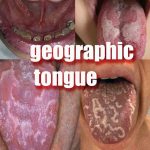
1. cigarette smoke
2. toothpaste
3. mouthwashes
4. sugar or sweet food
5. foods that are very spicy or acidic -
What is geographic tongue?
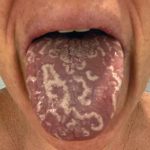
A disorder that renders harmless tongue patches resembling smooth, red islands. Geographic tongue is a harmless condition impacting the surface of the tongue.
-
geographic tongue contagious

Geographic tongue is harmless and does not cause any long-term health problems. It is not infectious. Most individuals bear no signs, but some individuals feel a burning or stinging sensation on their tongues.
pictures of geographic tongue
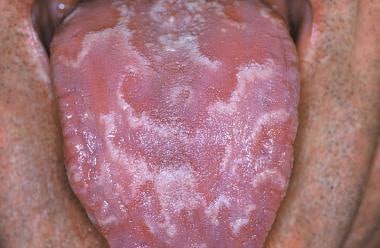
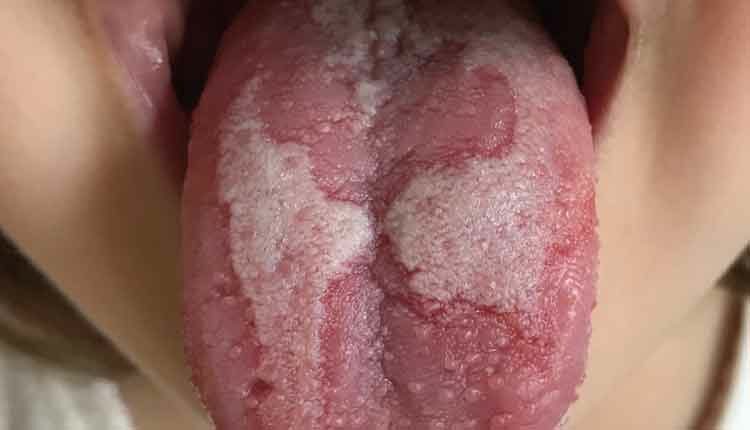
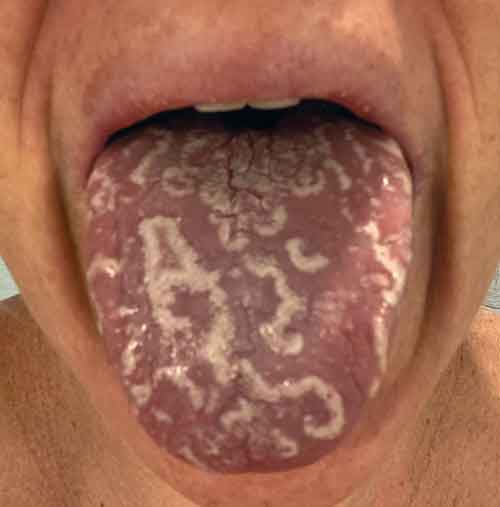
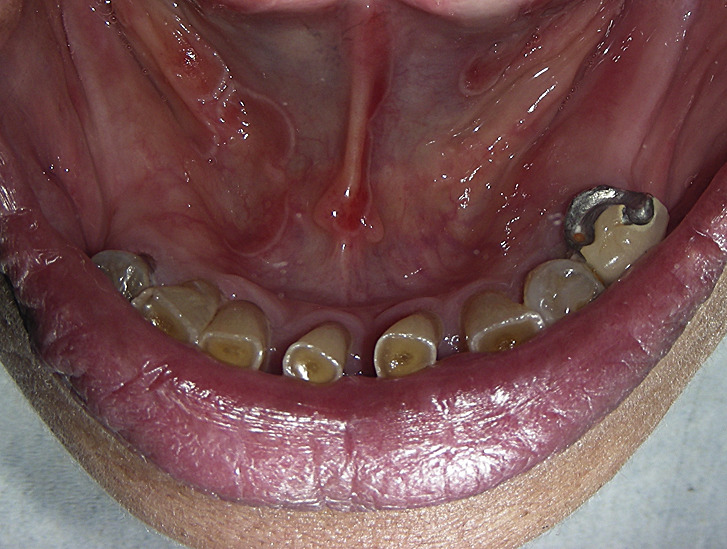
Best Tips you should know about iPhone 13 PRICE and review
B vitamin deficiencies
A red tongue may also signal B vitamin deficiencies. This is especially the case with folic acid (vitamin B-9) and cobalamin (vitamin B-12).
As these vitamin weaknesses are resolved, you’ll notice an enhanced appearance on your tongue.
When to see a doctor
Your primary care doctor will look at your tongue during your annual physical. At your dental cleanings, either the hygienist or dentist will take a look at your tongue as part of your exam.
Still, it’s important to keep track of any changes in your tongue throughout the year.
As a good practice of thumb, see your doctor if you notice any significant changes in the color of your tongue, especially if it lasts longer than14 days.

